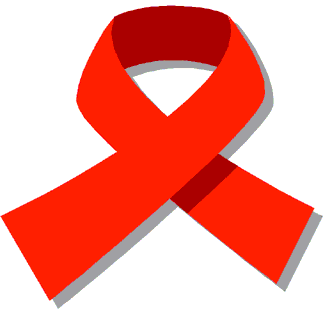
HIV and Aids continue to be a major development challenge the world over and its impact continues to threaten the socio-economic development, particularly in Sub-Saharan Africa, where the disease burden is concentrated. Zimbabwe is among the countries with a high HIV and Aids burden, although the country has managed to reduce the prevalence of HIV infection, mainly through changes in behaviour and personal risk reduction. The workplace has not been spared by the epidemic, affecting the most productive segment of the economy, reducing profits, loss of skills and experience due to absenteeism, illness and death resulting in increasing labour costs and declining productivity.
Over the years, the National Aids Council (NAC) together with other key stakeholders in the private sector have intensified private sector participation and involvement in the national response with the development of the National Strategic Framework for the Private Sector Response to HIV and Aids, and sector specific policies. Sectors that have developed workplace HIV and Aids policies include Mining, Transport, Agriculture, Motor Industry, Textile industry, Energy industry and the Public Service.
NAC’s strategic focus is to provide guidance in developing and implementing comprehensive and standardised workplace policies and programmes. However, the majority of workplace interventions have been implemented by large enterprises with minimal activity in the SME and informal sectors where most workers are now employed. SMEs generally lack the technical expertise and resources to accurately determine the cost of HIV to the business. With support from our partners, efforts are currently underway to scale up interventions within the SME sector.
The Mining and Transport sectors in Zimbabwe are among some of the industries that have been hard hit by HIV and Aids. Mining areas are characterised by high levels of HIV prevalence.
The majority of mining operations in Zimbabwe are labour intensive with whole families living in mine housing on site. This creates a closed community which carries all risks such as serious health hazards including creation of sexual networks which then become major drivers of HIV in the sector. The working environment predisposes employees to HIV and opportunistic infections like TB and other lung diseases.
The transport sector on the other hand is among those more vulnerable to the HIV and Aids pandemic due to mobility of the workforce, particularly truck drivers and their attendants. The employees often travel long distances and spend long periods away from their families. These working conditions and tendency for high risky sexual behaviour of transport industry employees make them very vulnerable to HIV infections.
The Mine Entra is one of the platforms that have provided an opportunity to reach out to the decision makers in the Mining, Engineering and Transport sectors to appreciate the importance of HIV and Aids Workplace programmes. Over the years, the NAC stand and HIV conference has attracted a number of exhibitors and positive decisions have been made towards establishing or strengthening existing work-place programmes.
At the 2012 Mine Entra exhibition, NAC won the third prize (Bronze) for the best exhibition. We attribute the winning of this prestigious prize to all the tremendous efforts by the various stakeholders and partners in the multi-sectoral response towards universal access to HIV prevention, treatment and care.








